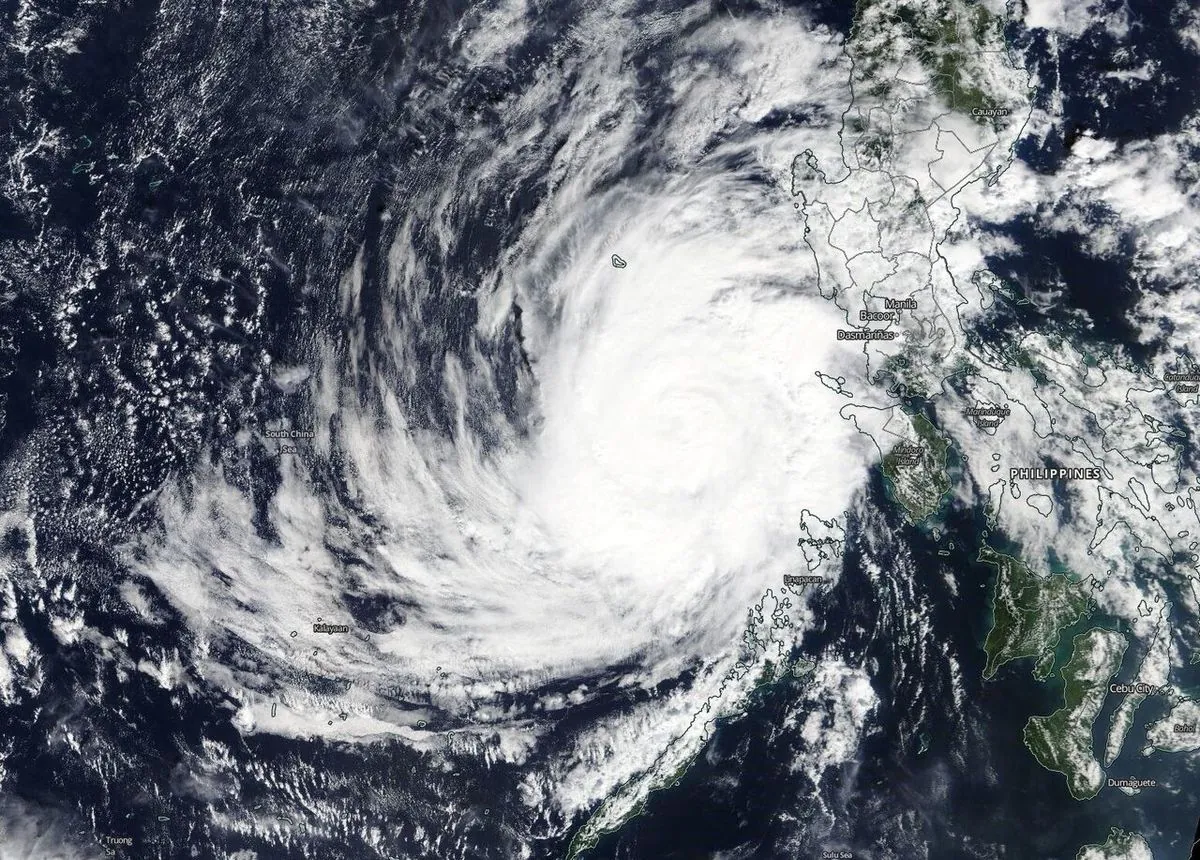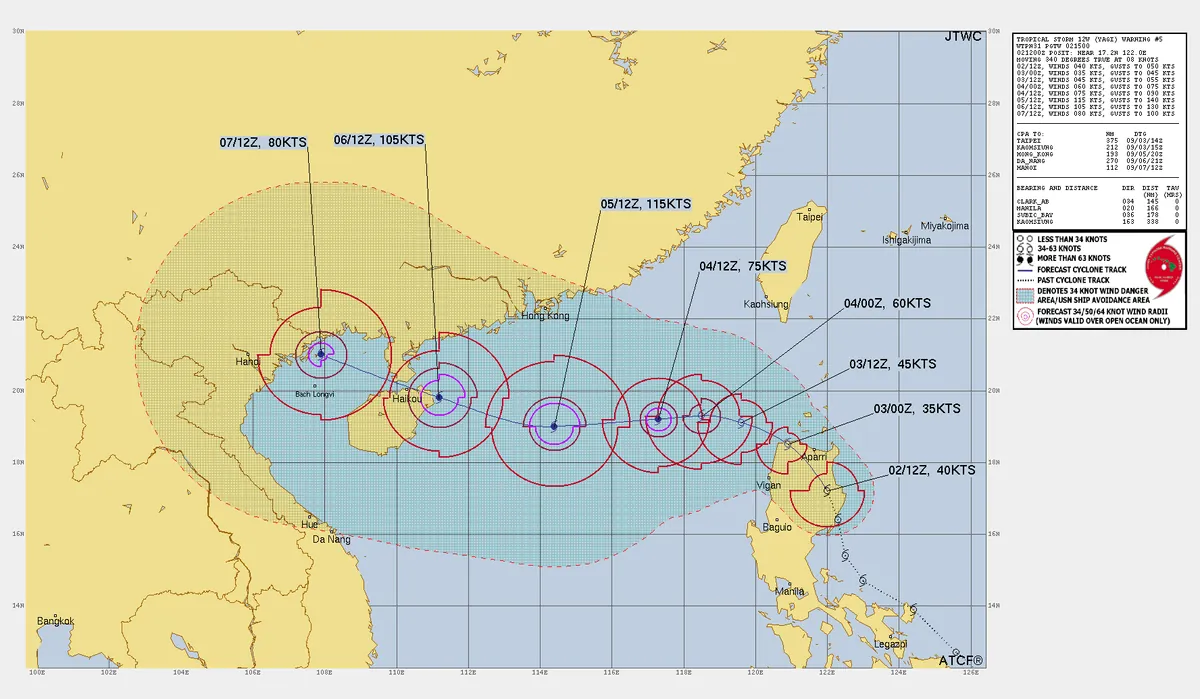Tropical Storm Yagi Leaves 14 Dead in Philippines, Heads to South China Sea
Tropical Storm Yagi has caused at least 14 fatalities in the Philippines due to landslides and flooding. The storm is now moving towards the South China Sea, with warnings still in effect for northern provinces.

Tropical Storm Yagi has exited the northern Philippines, leaving a trail of destruction in its wake. The storm, which swept through the region on September 3, 2024, has resulted in at least 14 fatalities due to landslides, floods, and swollen rivers, according to disaster-response officials.
Yagi, locally known as Enteng, passed by Paoay town in Ilocos Norte province before entering the South China Sea. The weather bureau reported that the storm had sustained winds of up to 75 kilometers (47 miles) per hour and gusts reaching 125 kph (78 mph). Meteorologists predict that Yagi will intensify into a typhoon as it moves northwestward towards southern China.

The Philippines, an archipelagic nation comprising approximately 7,641 islands, is particularly vulnerable to tropical cyclones due to its geographical location. The country experiences an average of 20 tropical cyclones annually, with the storm season typically lasting from June to December. Climate scientists warn that the intensity of these storms may increase in the future due to climate change.
Storm warnings remain in effect for most northern Philippine provinces. Residents in these areas have been cautioned about the ongoing risk of landslides in rain-soaked mountainous regions and flooding in the lowland farming areas of Luzon, the country's most populous island. The Philippine Atmospheric, Geophysical and Astronomical Services Administration (PAGASA) continues to monitor the situation closely.
Yagi enhanced the seasonal monsoon rains, triggering heavy downpours across Luzon, including the densely populated capital region of Metro Manila. As a result, classes and government work were suspended on September 3, 2024.
The storm's impact was particularly severe in Antipolo, a city known as the "Pilgrimage Capital of the Philippines." Enrilito Bernardo Jr., Antipolo's disaster-mitigation officer, reported that at least three residents, including a pregnant woman, perished in a hillside landslide that buried shanties. Additionally, four others drowned in swollen creeks and rivers. Four villagers remain missing after their house was swept away by floodwaters.
"At least three residents, including a pregnant woman, died in a hillside landslide that buried shanties and four others drowned in creeks and rivers."
The storm caused significant disruptions to travel on September 2, 2024. Thousands of travelers were stranded as sea travel was temporarily halted in several ports, and 34 domestic flights were suspended due to the adverse weather conditions.
In Manila Bay, a training ship named M/V Kamilla encountered trouble when it was struck by another vessel that lost control in the rough waves. The collision damaged Kamilla's bridge and subsequently led to a fire, forcing its 18 cadets and crew members to abandon ship. The Philippine Coast Guard reported that a passing tugboat rescued 17 of those who abandoned the vessel, while one person swam to safety.
The Philippines' location within the Pacific Ring of Fire makes it one of the world's most disaster-prone countries. This geological feature is responsible for frequent earthquakes and volcanic eruptions in the region. To address these challenges, the Philippine government has implemented various disaster risk reduction and management programs to enhance the nation's resilience to natural calamities.
As Yagi moves away from the Philippines, authorities continue to monitor its progress and potential impacts on neighboring countries. The storm serves as a stark reminder of the ongoing need for improved disaster preparedness and response mechanisms in this vulnerable region.


































